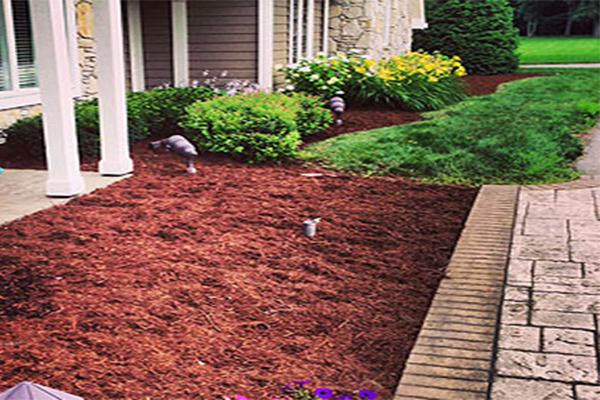Easy Edging and Mulching
The grass is always trying to invade the flowerbeds, and we are always trying to stop it. Some folks sink edging blocks or even bricks into the soil. There is also metal or plastic edging that is buried in the ground. All this is done to prevent the grass’s tillers (underground shoots) from taking hold in our landscaping and flowerbeds
How to Edge Mulch
Water the grass directly in front of the plant bed to soften the soil. The soil should be moist, but not saturated to make it easier to cut through the soil.
- Half-moon edgers work well for small flowerbeds, but a rotary edging tool powered with gasoline or electricity is more practical for edging large areas.
- Cut the edge of the trench as needed throughout the year if the edge no longer appears crisp or if grass spreads into the trench. Expect to replenish organic mulches at least twice a year or when the material decomposes to below the 2- to 3-inch depth.
- Rather than simply throw the sod away after digging the trench, you can shake the soil off the roots into a garden plot, then throw the dry grass into your compost pile. Leave the grass in the sun for a few days before adding to the compost pile so you can ensure that the grass is dead and will not take root in your compost.
Colors
Color-enhanced mulches come in a variety of colors, including blond mulch, shades of deep red mulch, brown mulch and black mulch. In addition, colored mulch is designed to hold its color for an entire season.
The most popular choice
The most popular choice among customers, double shredded hardwood mulch effectively balances moisture within the soil while protecting roots from temperature extremes. Double shredded hardwood mulch also helps control weeds and reduces topsoil erosion while providing an aesthetically pleasing finish to your landscaping projects


